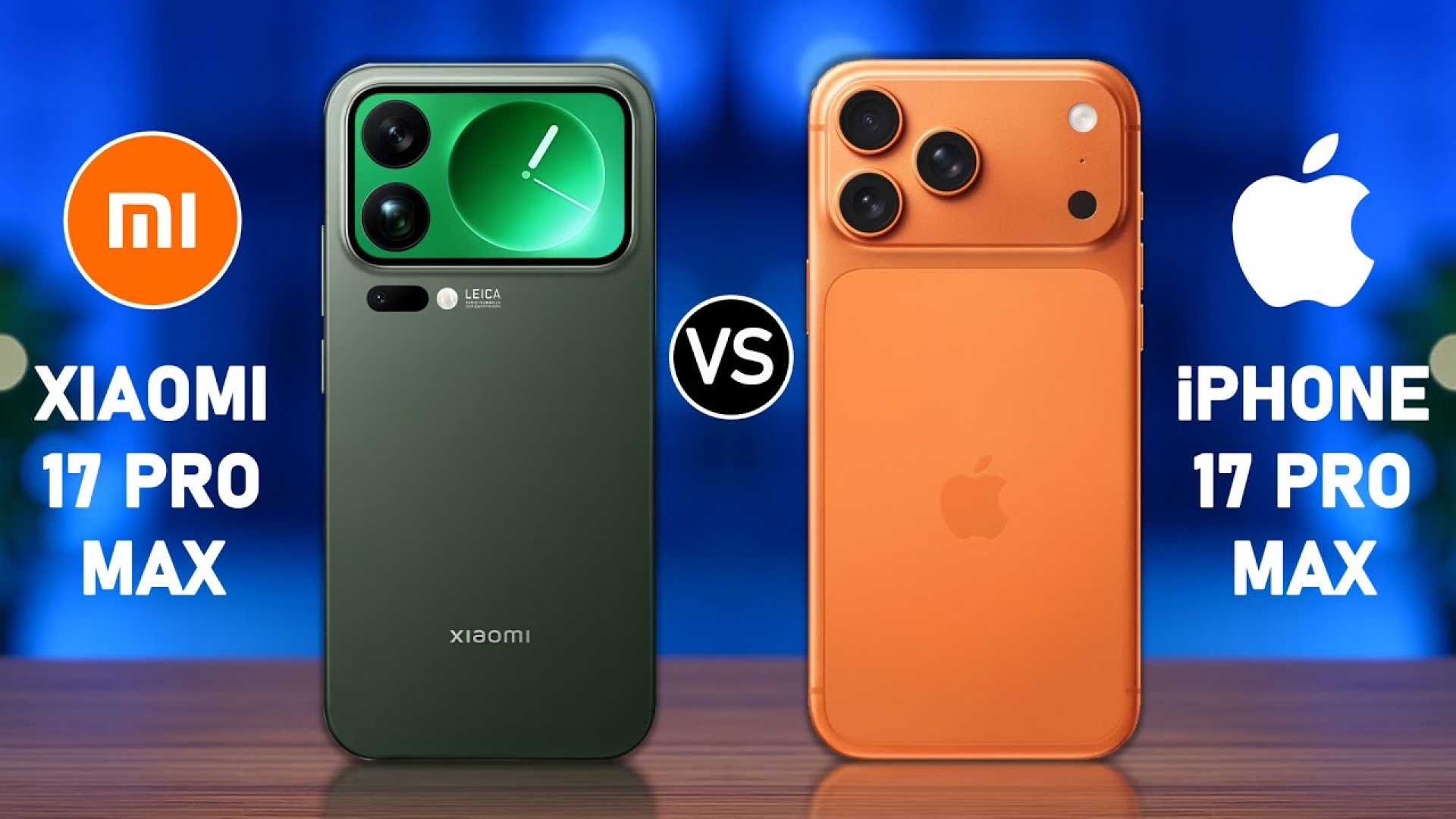Tech
Xiaomi and Apple Battle for Smartphone Supremacy in 2025

Cupertino, California – The premium smartphone market sees a classic showdown this year with the launch of the Xiaomi 17 Pro Max and the Apple iPhone 17 Pro Max. Both flagship devices redefine mobile technology but take divergent paths in their approaches.
The Xiaomi 17 Pro Max brags a feature-rich Android experience, emphasizing raw hardware specifications and rapid charging capabilities. In contrast, Apple focuses on refining its ecosystem with a newly enhanced camera system and integrated artificial intelligence.
Among their key differences, the Xiaomi features a significantly larger battery of 7500 mAh with 100W wired and 50W wireless charging, while Apple does not disclose its battery capacity but offers up to 39 hours of video playback. The iPhone charges to 50% in about 20 minutes with a 40W adapter.
Regarding displays, the Xiaomi 17 Pro Max showcases a 6.9-inch main display alongside a unique 2.9-inch secondary LTPO AMOLED screen. On the other hand, the iPhone employs a 6.9-inch Super Retina XDR display with ProMotion technology. Both devices maintain a 120Hz adaptive refresh rate but the Xiaomi screen achieves higher peak brightness of 3500 nits compared to the iPhone’s 3000 nits.
In terms of camera technology, Xiaomi relies on a triple 50MP sensor setup co-engineered with Leica, capable of 8K video recording. The iPhone 17 Pro Max, meanwhile, adopts a ‘Pro Fusion’ camera system featuring three 48MP sensors which utilize advanced computational photography techniques.
Performance-wise, the Xiaomi is powered by the Qualcomm Snapdragon 8 Elite Gen 5, while the iPhone features Apple’s custom A19 Pro chip. Each phone supports multiple RAM and storage options, with Xiaomi’s peak at 1 TB and Apple’s extending to a new 2 TB tier.
Both phones were rolled out with versatile pricing structures. The Xiaomi 17 Pro Max launched in China at prices starting from 5999 yuan (approximately $825 USD). The iPhone 17 Pro Max offers a base price of $1,199 for the 256GB model, escalating up to $1,999 for the 2TB variant.
Released on September 25, 2025, the Xiaomi emphasizes open software and extensive hardware features, while the iPhone touts a seamless integration within Apple’s ecosystem and longer software support. With tech advancements like IR ports, ultrasonic fingerprint sensors, and AI tools, both flagship devices cater to different user preferences and priorities.












